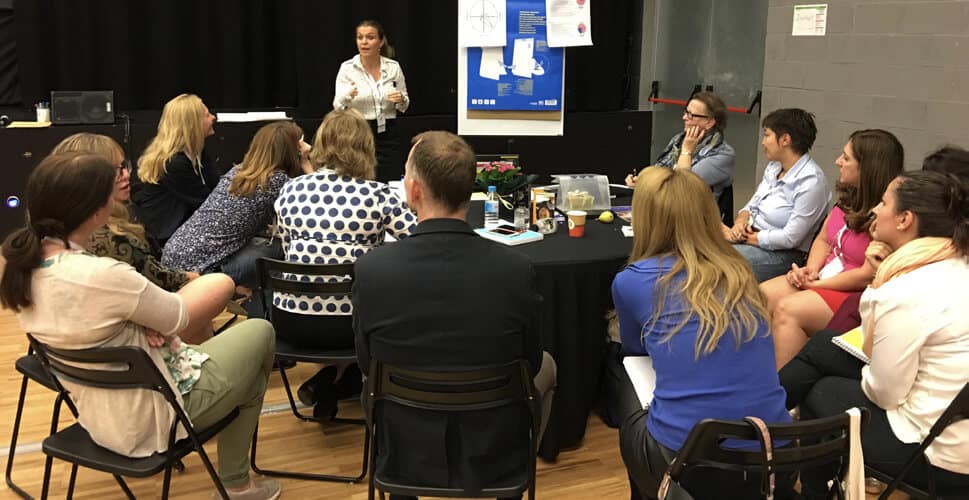One day, I’m not sure when, I woke up and realised that we might have been doing admissions all wrong. Or at least part of it. Many of you already know the story, but allow me to re-cap.
We work in schools that have begun to re-define learning around key principles. We know how children learn and our classrooms no longer reflect that old idea of simply depositing information or generating efficient workers for an industrial age.
Might I respectfully suggest, though, that many of our admissions offices are stuck in that industrial model that hardly portrays for prospective families the pedagogical beliefs of the educational institutions we represent.
So here are four simple ideas that have changed the way we think about admissions at the International School of Brussels; ideas that don’t so much reflect the end of a journey, but are rather a set of guiding principles along the way.
So let’s imagine together:
- What if admissions was a learning opportunity for families?
- What if we re-configured the admissions office as a classroom?
- What if we started “framing” what families see when they go on tour?
- What if we got better at understanding how our brains work and how people make choices?
Over the past couple of years, these questions have led us to the following connected actions. They might not be relevant for your school, but I encourage you to take a few minutes and reflect on whether they inspire new connections and ideas. If that happens, then together I believe we might all be one step closer to reimagining how we effectively tell the story of our school and help others find their place in that story.
THE GAME
At the beginning of the conversation, the family is invited to look at a series of “flash cards” on the wall. On one of them is written, “The playground”, on another “College Acceptances”. On another, it says “Friends”. In total, twenty four “reasons” for choosing an international school.
Each member of the family is invited to choose two cards that reflect what is important for them in choosing a school. Once done, they are asked, as a family, to place their cards in some kind of priority order.
We are still learning how to incorporate these kind of simple “games” into the admissions interview, but several things are already becoming clear. It’s redefining the role of the Admissions Officer. She or he is no longer a gatekeeper of information, but the facilitator in a family-centred learning experience. In many cases, we find, this is the first time that the family has had an opportunity to discuss what is important to them. It’s also a learning opportunity for the Admissions Officer, inasmuch as it reveals a great deal about what the family is looking for and what is important to them.
THE SPACE
We have learned that once you start seeing admissions as a learning experience, you can’t stop. It changes everything, including the space in which the interview takes place.
The funny thing about admissions offices the world over is that they all look roughly the same. In contrast to our innovative learning spaces, though, I would suggest that many of them “stand” for nothing. They are functional, but rarely do they inspire or feel designed on purpose.
So, take a moment and imagine you were starting from scratch. What would you choose? A sofa and coffee table or high chairs and work bench? An interactive white board or framed photos of historical archives? There are no wrong answers here, but let’s not let anything get left to chance.
Back in November, I spent two days with one of my admissions colleagues, an architect and interior designer testing chairs, looking at lights and looking at technology installations. We learned that re-imagining the admissions space as a learning experience is all about re-defining the user experience from A-Z – in just the same way that Starbucks once re-defined our experience of coffee by thinking about everything from the colour of the walls and the music that were to accompany our coffee drinking moments.
THE SCRIPT
If you are still following my train of thought, bear with me just a little longer. This next piece is a little theoretical.
The theory:
If you don’t frame something, you don’t see it.
When a family walks around your school, popping their head into a grade 4 classroom, what do they see? My hunch, if they are anything like me, is that they see nothing.
Of course, they see students, a teacher, desks, stuff on the wall, books, and perhaps a computer or two… but these are just random elements that don’t tell the story of learning. And the last thing this tour provides is any solution to the central question: Is this the right school for my child?
Framing theory helps us out here. It helps us understand that, in life in general, we can’t experience something properly unless it is framed or set within a meaningful context. So we are beginning to think of ways to frame learning for prospective families by suggesting to them what they will see.
We know that learning is taking place when children are given opportunities for collaboration, meaningful feedback and clear learning goals. So let’s look for these moments as we walk around school today.
And guess what? We found that when we frame learning in this way, families start seeing… collaboration, feedback, and students working on personal learning goals.
THE BRAIN
Almost everyone has one. The thing is, we all use them differently. Research shows us that we each have individual thinking styles, which means that we have got used to using different parts of our brain whenever we engage in a specific task – including when we make a decision about where to send our children to school.
Back to the Game. By observing how family members determine priorities, the Admissions Officer gains insight into how an individual might be thinking and how their brain might be working. For example, if the conversation is turning around daily 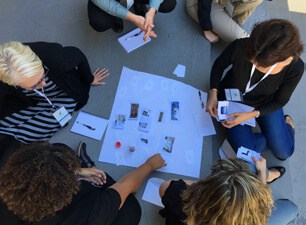 schedules, bus routes, and what is included in the fees, you can be pretty sure that the protagonist’s dominant thinking style is Basal Left – that part of the brain that is good at monitoring, details, procedures, and routines.
schedules, bus routes, and what is included in the fees, you can be pretty sure that the protagonist’s dominant thinking style is Basal Left – that part of the brain that is good at monitoring, details, procedures, and routines.
Understanding that people think differently is critical, because like it or not not everyone thinks like us. We don’t have degrees in neuroscience, but what we have found is that deepening our understanding of people (and their brains) has helped us understand how they learn and to differentiate the admissions learning experience as necessary.
So where is this all taking us?
To be honest, we are not sure. We are still learning ourselves. The only thing we know is that we have embarked upon a journey that is challenging, stretching us, and re-shaping the way in which we define our work.
We invite you to join this conversation.
Join the conversation by dropping a line and sharing your own learning in this area: [email protected]


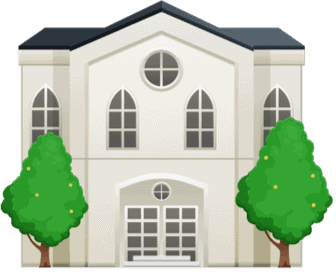
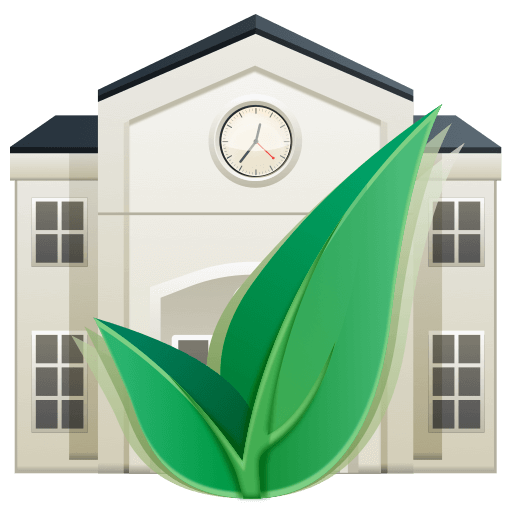
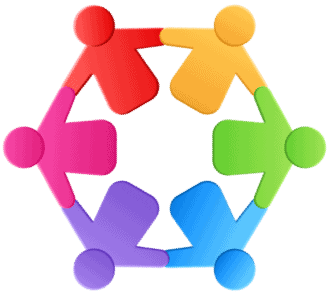










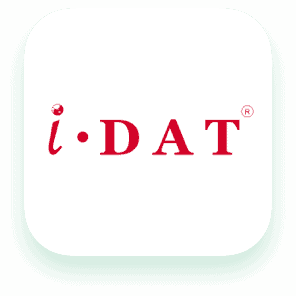
 All Services
All Services